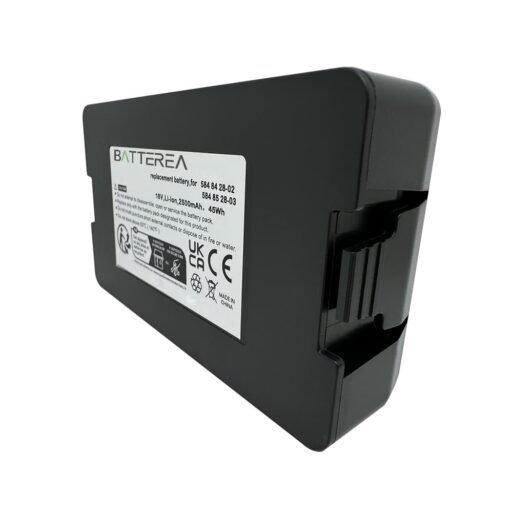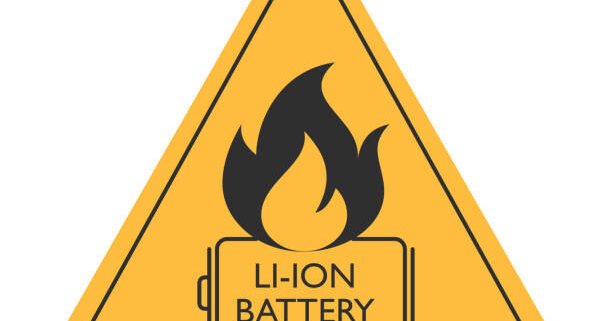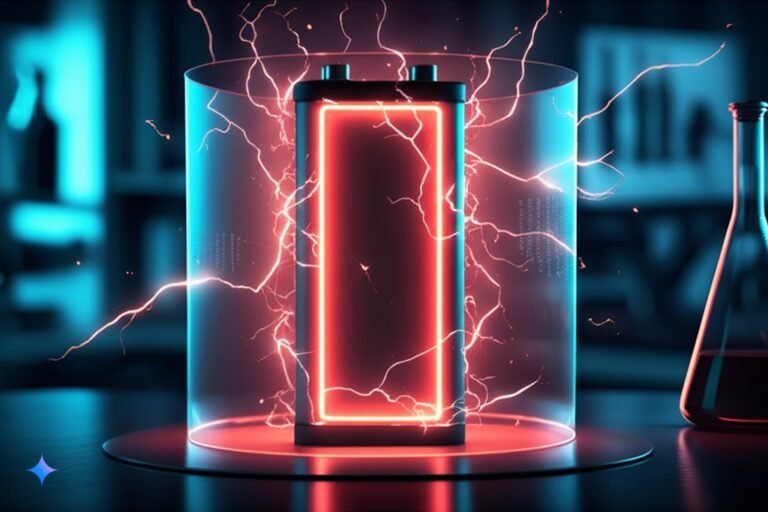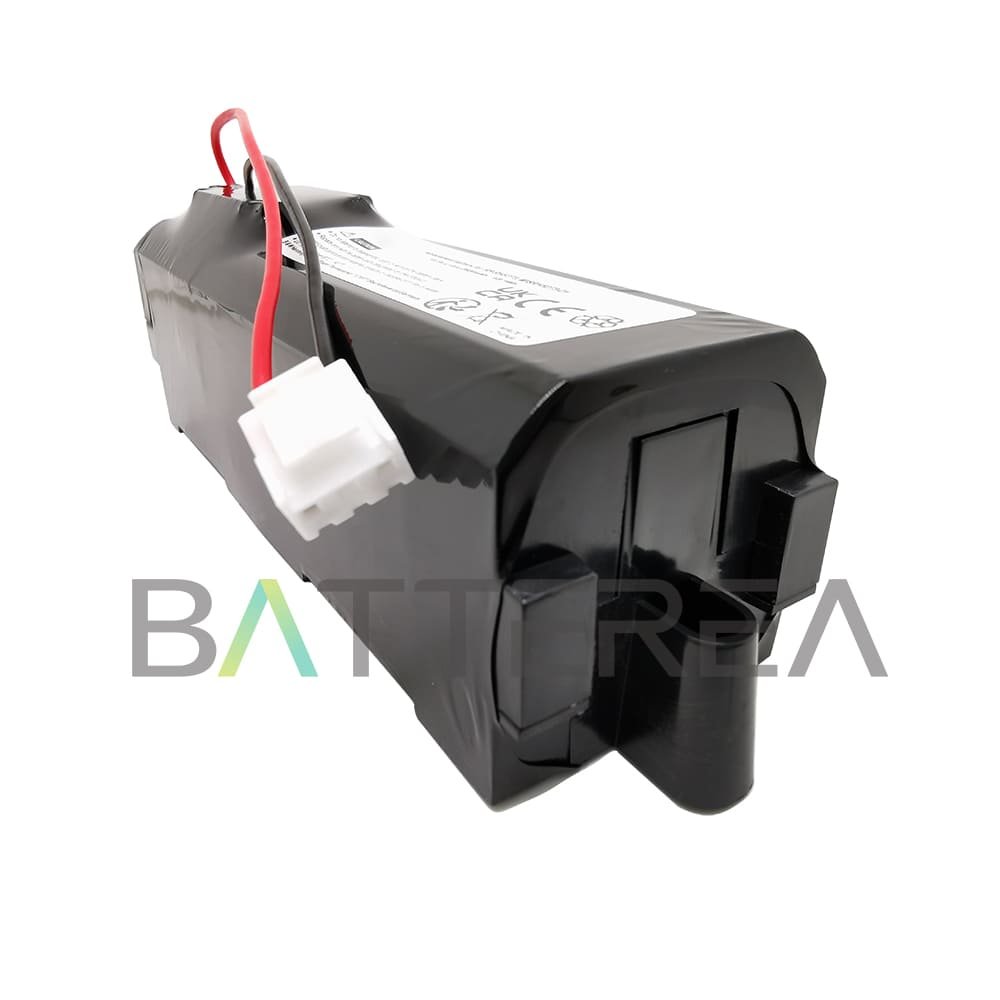Worried about your devices suddenly going up in flames? News reports often highlight battery fires, but rarely explain the root causes. Let's explore the top reasons.
The main reasons lithium batteries catch fire include manufacturing defects, poor battery pack design, overcharging, and using low-quality components in the protection circuit module (PCM). Physical damage, like punctures, is also a significant factor.
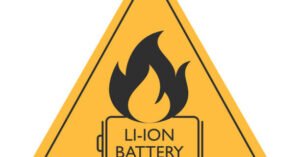
Understanding why these fires happen is the first step to preventing them. Let's dive into each of these key causes and what you can do.
What causes most lithium battery fires?
The question isn't just if they catch fire, but why. What's the most frequent trigger?
The leading cause of lithium battery fires is internal short circuits, often due to manufacturing defects or physical damage. This creates uncontrolled heat buildup.

Think of a tiny, invisible flaw inside the battery. This flaw can allow the positive and negative parts to touch, creating a short circuit. This uncontrolled flow of electricity generates intense heat, which can ignite the flammable electrolyte inside the battery. High-quality manufacturing processes, like those used by Promax, significantly reduce this risk.
Internal short circuits are the primary instigators of thermal runaway, the dangerous chain reaction that leads to battery fires. These short circuits can arise from several sources:
- Manufacturing Defects:
- Contamination: Tiny particles of metal or other foreign materials introduced during manufacturing can puncture the separator.
- Poor Separator Quality: Thin or uneven separators are more prone to damage and failure.
- Electrode Misalignment: Improper alignment of the anode and cathode layers can increase the risk of contact.
- Physical Damage:
- Puncture: A sharp object penetrating the battery casing can directly damage the internal components, creating a short circuit.
- Crushing: Excessive force can deform the battery, causing internal components to come into contact.
- Vibration: Prolonged or intense vibration, especially in poorly designed battery packs, can weaken internal connections and lead to shorts.
Promax addresses these issues through rigorous quality control (IQC, IPQC, OQC), using A-grade cells, and employing robust battery pack designs.
What puts out a lithium battery fire?
If the worst happens, how do you handle a burning lithium battery?
Class D fire extinguishers, designed for metal fires, are the most effective. Smothering with sand can also work, but water can worsen the situation.

Regular fire extinguishers (Class A, B, or C) are often ineffective and can even spread the fire. Lithium batteries create their own oxygen as they burn, so you need something that can smother the flames and absorb the heat. Cooling the battery is crucial to prevent re-ignition, but direct application of water can sometimes react with the lithium, creating flammable hydrogen gas.
Extinguishing a lithium-ion battery fire presents unique challenges due to the self-sustaining nature of the combustion and the high temperatures involved.
| Method | Effectiveness | Explanation |
|---|---|---|
| Class D Fire Extinguisher | High | Specifically designed for metal fires, these extinguishers contain agents that smother the flames and absorb heat without reacting with the lithium. |
| Sand | Moderate | Smothering the fire with sand can help contain it and absorb heat, but it may not completely extinguish the fire or prevent re-ignition. |
| Water (Large Volumes) | Limited | While small amounts of water can worsen the fire, large volumes of water can be used to cool surrounding materials and prevent the fire from spreading. |
| Water (Small Amounts) | Not Recommended | Can react with lithium metal, producing flammable hydrogen gas and potentially intensifying the fire. |
| Standard Fire Extinguishers (A, B, C) | Not Recommended | Ineffective against lithium-ion battery fires and may even spread the fire or react with the burning materials. |
| Specialized agents | High | Agents like F-500 Encapsulator Agent. cools down the battery, and contain the hazardous materials. |
The best approach is to prevent fires in the first place. Promax focuses on safety and quality, significantly reducing the likelihood of such events.
How likely is a lithium-ion battery to catch fire?
Despite the headlines, how common are these fires in reality?
Lithium-ion battery fires are statistically rare, especially with high-quality batteries and proper usage. Millions of devices use them safely every day.

32.4v, 2500mah, li-ion battery
While any fire risk is concerning, the probability of a well-made and properly used battery catching fire is very low. The vast majority of lithium-ion batteries operate without incident throughout their lifespan. Factors like proper charging, avoiding extreme temperatures, and preventing physical damage significantly reduce the risk.
Dive deeper Paragraph:
Quantifying the exact probability of a lithium-ion battery fire is difficult, as it depends on numerous variables, including battery quality, usage conditions, and device type. However, several factors contribute to the overall low risk:
- Industry Standards: Organizations like UL (Underwriters Laboratories) and IEC (International Electrotechnical Commission) set safety standards for batteries and devices.
- Manufacturer Quality Control: Reputable manufacturers like Promax implement rigorous quality control measures throughout the production process.
- Continuous Improvement: Battery technology is constantly evolving, with ongoing research and development focused on improving safety and performance.
- Consumer Education: Increased awareness of proper battery handling and usage practices further reduces the risk.
While precise statistics are hard to come by, estimates suggest that the failure rate of lithium-ion batteries is extremely low, often in the range of parts per million (ppm) or even parts per billion (ppb).
How do you prevent a lithium battery fire?
Prevention is always better than cure. What steps can you take to minimize the risk?
Preventing lithium battery fires involves using the correct charger, avoiding extreme temperatures, preventing physical damage, and choosing batteries from reputable manufacturers.

These simple precautions significantly reduce the risk of fire. Using the charger that came with your device, or a certified replacement, ensures the correct voltage and current. Protecting your devices from drops, punctures, and extreme heat keeps the battery safe. And buying batteries from trusted brands like Batterea (Promax's online platform) ensures you're getting a quality product.
Here's a more detailed breakdown of preventative measures:
| Prevention Strategy | Specific Actions |
|---|---|
| Use the Correct Charger | Use only the charger provided by the device manufacturer or a certified replacement that meets the same specifications. Avoid using cheap, unbranded chargers. |
| Avoid Overcharging | Unplug devices once they are fully charged. Do not leave them plugged in for extended periods. Modern devices often have built-in overcharge protection, but it's still good practice to unplug them. |
| Prevent Physical Damage | Protect devices from drops, impacts, and punctures. Use protective cases where appropriate. Avoid bending or flexing batteries. |
| Avoid Extreme Temperatures | Do not expose batteries to direct sunlight, high heat (e.g., inside a hot car), or freezing temperatures. Store batteries in a cool, dry place. |
| Proper Storage | If storing batteries for an extended period, keep them at a partial charge (around 40-50%) in a cool, dry place. |
| Choose Reputable Brands | Purchase batteries from trusted manufacturers like Promax/Batterea, known for their quality control and adherence to safety standards. Avoid counterfeit or low-quality batteries. |
| Inspect Batteries Regularly | Look for signs of damage, such as swelling, bulging, leaks, or unusual smells. If you notice any of these, discontinue use and properly dispose of the battery. |
| Follow Manufacturer Instructions | Always read and follow the manufacturer's instructions for charging, using, and storing batteries. |
| Do not use low quality PCM | The PCM's IC and MOS play the role of monitoring and protecting the battery. Use original brand and good quality. |
By following these guidelines, you can significantly reduce the risk of lithium battery fires and ensure the safe and reliable operation of your devices.
Conclusion
Lithium battery fires, while a serious concern, are preventable. Understanding the top causes – manufacturing defects, poor design, overcharging, low-quality PCM components, and physical damage – empowers you to take proactive steps to minimize risk. Choose quality, be cautious, and follow safety guidelines.



